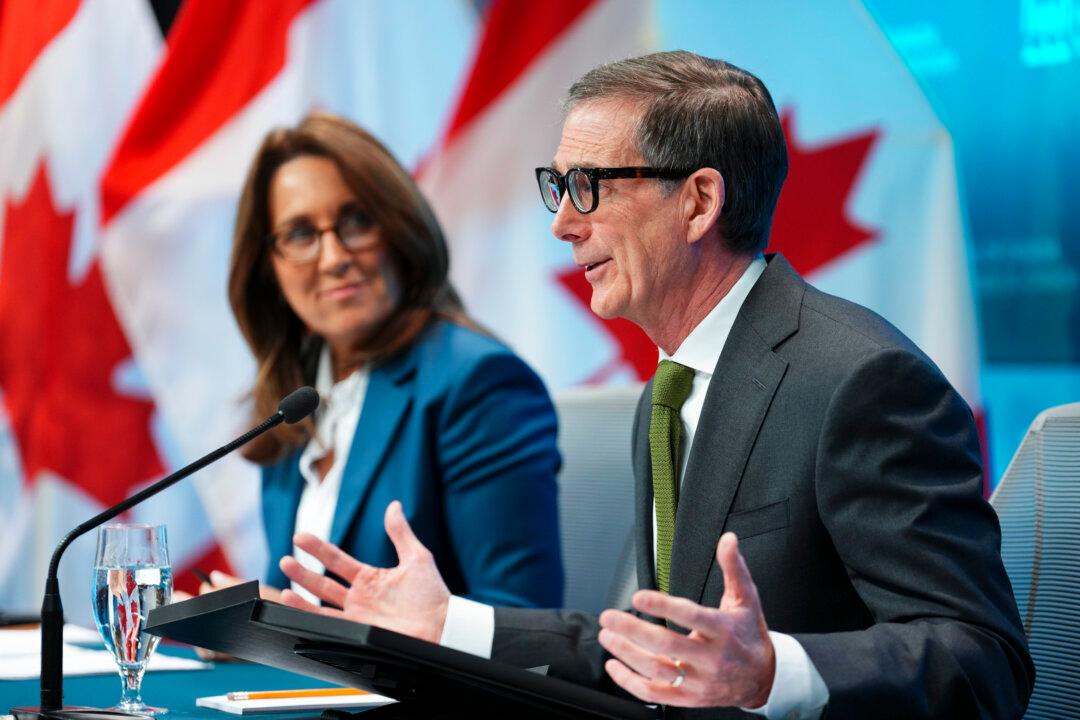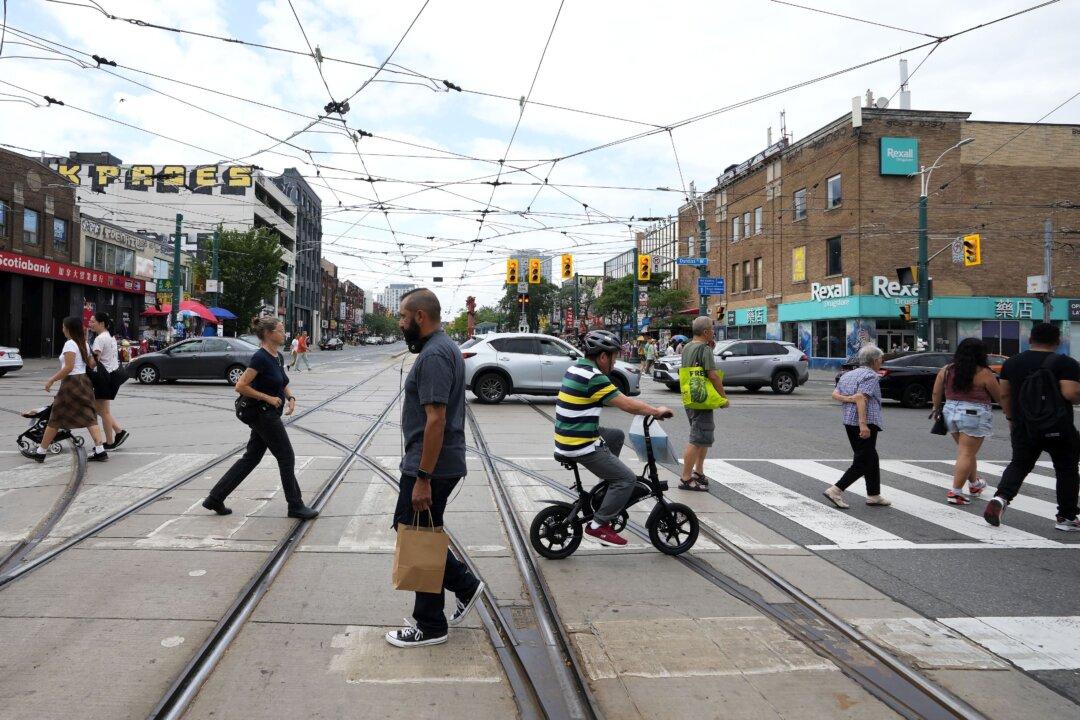Canada’s banks are fundamentally different from American banks and less likely to suffer from the malaise that has consumed the U.S. financial system for most of March, says a U.S.-based economist and former senior fellow with the Montreal Economic Institute. He nevertheless adds that banking reform, as it relates to protection for depositors, is needed writ large and must avoid creating moral hazard.
“The Canadian banks are of course much more diversified,” Peter St Onge, research fellow with The Heritage Foundation in Washington, D.C., told The Epoch Times.
“You tend not to have sort of systemic-level banks, like Silicon Valley, where tech withdrawals are going to cause a chain reaction,” added St Onge.
The issue with those U.S. regional banks is their exposure to a particular region or industry. And when business goes south, depositors fear their bank may not be good for all their money and therefore all at once try to get their money out.
“I would expect that Canadian banks are probably sitting on similar magnitude losses, but because they’re larger, they’re more diversified. I don’t think that we'd expect to see the kind of issue like in Silicon Valley Bank,” St Onge said.
Oxford Economics (OE) said in a March 16 note that Canadian financial regulators are instead watchful given Canada’s worsening housing downturn and high household debt levels.
“Canada is one of five advanced economies with a 7 percent probability of suffering a banking crisis in the next year due largely to elevated household debt, rapidly falling house prices, and aggregate bank balance sheet vulnerabilities. The odds are much higher at 18 percent–20 percent in the next three-five years.”
The Canadian Deposit Insurance Corp. (CDIC) protects eligible deposits at over 80 financial institutions in Canada up to $100,000. While the United States has seen hundreds of banks go belly-up since 2008, according to CDIC, “The last time a Canadian bank went under, however, the Spice Girls had a number one hit on the radio.”
That would be sometime in the late 1990s.
Banking Reform
U.S. Treasury Secretary Janet Yellen said on March 21 that the government could take more steps if necessary to backstop more bank deposits in order to avoid contagion in the financial system.
But St Onge sees this as introducing a significant moral hazard.
“The banks, they will occupy every last nook and cranny of that moral hazard,” he said, adding that if banks aren’t taking the maximum risk allowed, they’d be leaving money on the table.
St Onge says that banks should be treated just like any other company.
“So if Ford has immediate liabilities, then they have to have immediate cash. If they don’t, if they owe money right now and they don’t have cash right now, there’s a word for that—bankruptcy.”
His focus is on the distinction between demand deposits and certificates of deposit (CDs) or time deposits, where banks should be required to have enough cash to cover the former. Then people would not make runs on banks for fear they might not get their money back, because the banks are backing their deposits with cash, St Onge said.
However, St Onge also puts forth the idea of private deposit insurance for additional protection.
“That would also mean that any bank that was reckless, their deposit insurer would have an unfriendly conversation with them about straightening out their lending,” he said.





